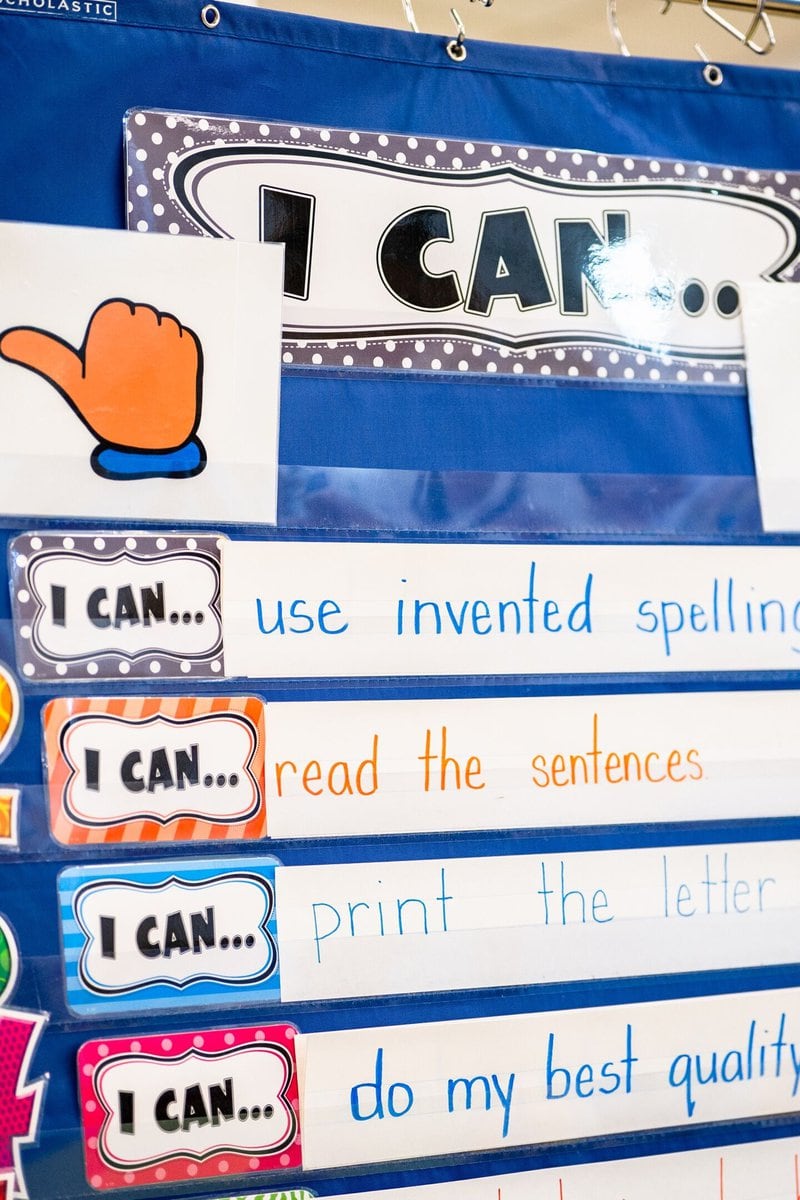From generation to generation, parents want what is best for their children. Parents want to know that their child is getting the best possible education, that their child will thrive and ultimately, that their child will succeed. However, traditional education sets students on a bell curve dictating that a certain percentage of students will succeed and, statistically, others will fall short. But at Master’s we believe it is possible for ALL students to reach Mastery in their learning. We believe it so strongly that Mastery is one of the layers of our education model. However, in order to reach Mastery, a culture of empowerment and Ownership must first be established.
Ownership
The foundational layer of the Profound Learning model is student Ownership. In traditional education the teacher carries the responsibility for student learning and students are unmotivated by the lack of control they have over their learning. Children of all ages have a natural desire to learn and when given an active role in their learning, they will rise to the challenge. Students are capable of making decisions about their learning, making choices, tracking their own learning through self-assessment, reflecting on their learning and setting personal learning goals, all of which lead to student ownership.
Ownership means that the responsibility for learning has been shifted to the student. As students take ownership of their learning, they gain a sense of empowerment, which means that the motivation for learning has shifted to the students as well. When students know what is expected of them and they can see a way to meet those expectations, they are intrinsically motivated to achieve mastery of the subject.
Student Tracking
Student ownership and empowerment are hinged on the capability of students to track their learning. The Learning Map makes student tracking possible by presenting students with all the curriculum competencies (Essential Learning Outcomes) written for them in age-appropriate language, often presented as ‘I can…’ statements. For example, “I can recite the numbers 0 to 20 in Spanish” or “I can assess a character in a novel by interpreting his body language” or “I can choose materials to make a boat that floats”. With the Essential Learning Outcomes laid out for the students there are no surprises, no hidden agendas, and no questions on the test that they have never seen before. Stating the outcomes in this way leaves no room for confusion or doubt in the student about what must be accomplished, resulting in a high level of student confidence and motivation to achieve mastery of the Essential Learning Outcomes. The Learning Map is a tool for students to track their learning, as it holds all of the curricular outcomes they are responsible to learn.
Mastery
Tracking learning and self-assessment lead to Mastery, which is the second layer of the Profound Learning model. As students track their learning they quickly become aware of what they know and what they do not know. Once the outcomes that need attention are identified, students can then target those learning needs. Perhaps they need a repeat lesson taught by the teacher. Perhaps they need another student to explain the material in a new way. Perhaps they need to access more resources or do some research to expand their understanding. Either way, the responsibility is resting on the students to take charge of their learning, but they are empowered to do so and supported by everyone in the learning environment. Knowing which Essential Learning Outcomes students need to work on allows students to be in control of what to do next. No longer do students need to wait for a teacher or a test to tell them what they know or do not know. Instead, through self-assessment, students will track their learning, make choices about next steps and then set goals to close their gaps until they have mastered every outcome on their Learning Map.
Mastery for ALL
Instead of relying on the bell curve, the Profound Learning model addresses the naturally occurring variation in human performance in a couple of ways. First, the time to learn is flexible, as some students may require more time to master a concept, thus personalizing the learning for students. Secondly, all students are held to fixed expectations for Quality in their work, and held accountable for all outcomes on a Learning Map. As such, students are not simply passed along knowing only 60% of the content.
Making student self-assessment possible through an established system for tracking student performance, a culture of empowerment and Ownership, and a formative process for closing gaps in learning, ensures ALL students have the opportunity to reach Mastery in their learning.
So parents can rest assured that ‘Mastery for All’ is not only a possibility for students at Master’s, but a goal.
